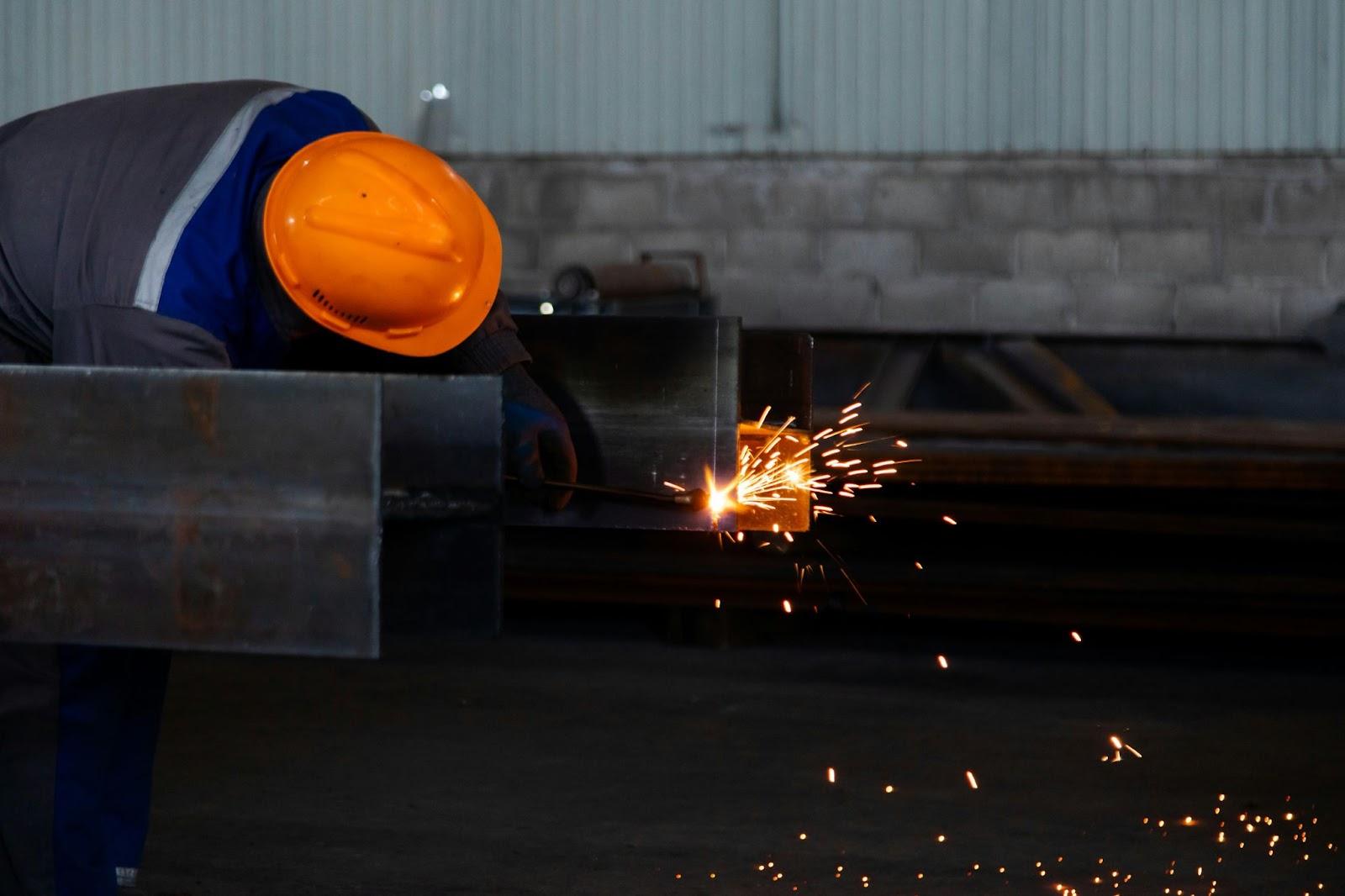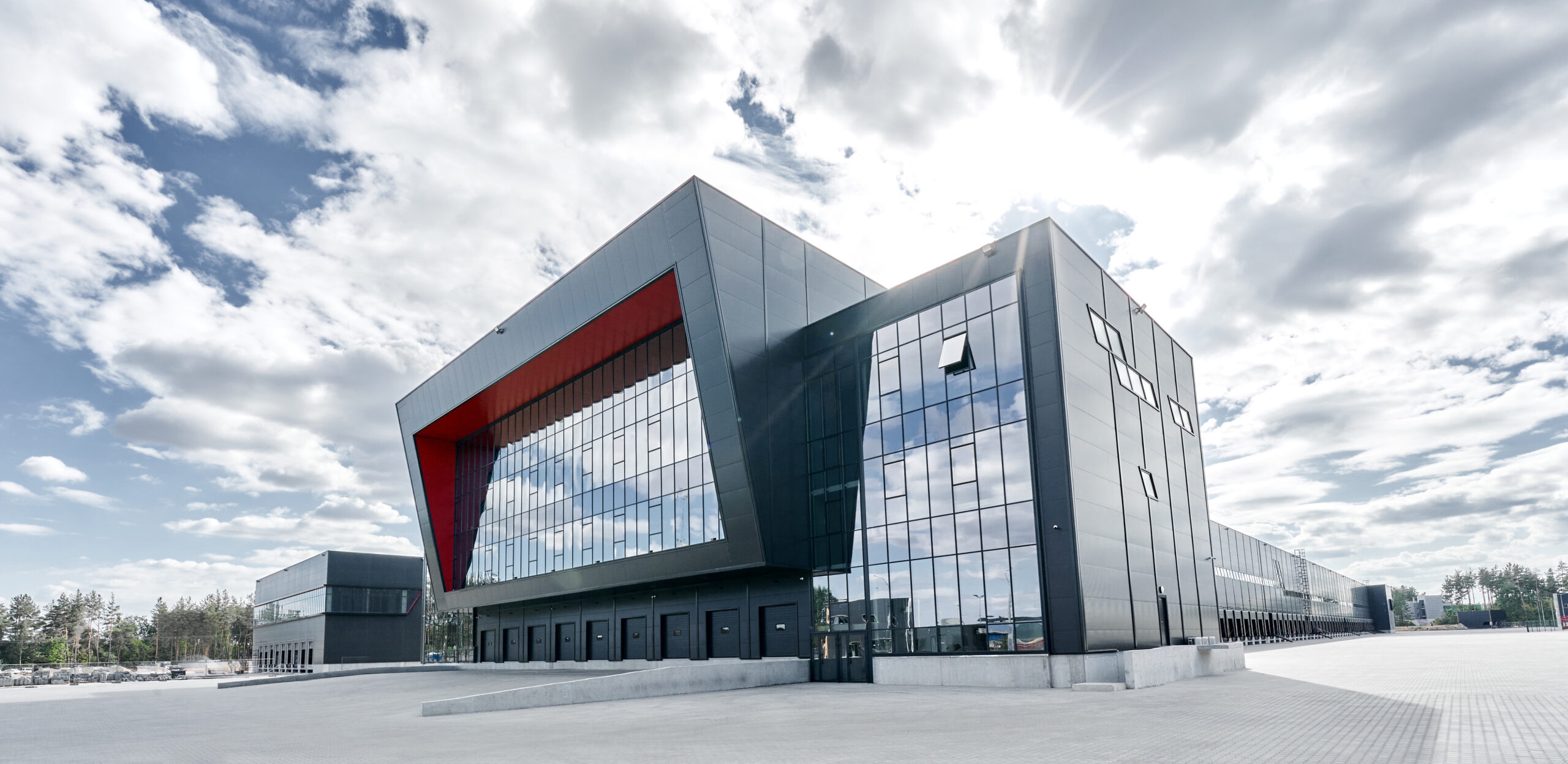The construction industry has long been criticised for its environmental impact, with traditional building materials and methods often associated with high levels of carbon emissions and resource consumption. However, in the UK, a significant shift is occurring towards more sustainable construction practices, with steel playing a vital role. In this article, the team of steel building experts at Carnegie Steel Buildings explains how steel construction is contributing to the sustainability movement in the UK, focusing on its efficiency, recyclability and innovative applications.
The Rise of Sustainable Construction in the UK
Sustainable construction aims to reduce the environmental impact of building through efficient use of materials, energy and development space. In the UK, this movement has gained momentum in response to new regulations, greater public awareness and technological advancements. The construction sector is increasingly adopting green practices, aiming to meet the UK’s ambitious targets for reducing greenhouse gas emissions.
Steel, known for its strength and durability, is at the forefront of this transformation. Its unique properties and versatility make it a valuable material in sustainable construction projects. In the next section, we’ll highlight exactly what the benefits of steel are when it comes to implementing sustainable construction practices.
Steel’s Contribution to Sustainability
Efficiency and Durability
Steel’s high strength-to-weight ratio means that less material is required to achieve the same structural performance as other building materials. This efficiency reduces the quantity of raw materials needed, leading to lower environmental impact. What’s more, steel structures can be designed for disassembly and reassembly, enabling buildings to be relocated or modified with minimal waste.
The durability of steel also contributes to its sustainability. Steel structures have a long lifespan, reducing the need for frequent replacements and repairs. This longevity means that the environmental costs of production are spread over a longer period, diminishing the overall impact.
Recyclability
One of the most notable arguments for the sustainability of steel is its recyclability. Steel is 100% recyclable without loss of quality, making it perfect for eco-friendly projects. In the UK, the recycling rate for steel used in construction is impressively high, with estimates suggesting that over 95% of structural steelwork is recovered and recycled.
This high level of recyclability reduces the demand for new raw materials, cutting down on mining and associated emissions. Recycling steel also requires significantly less energy than producing new steel, meaning a reduction in carbon emissions.
Innovation and Adaptation
The UK’s steel industry is not standing still — it’s constantly innovating to improve its sustainability credentials. Advances in steel production techniques, such as electric arc furnace technology, are reducing energy consumption and emissions. Also, the development of lighter, stronger steel alloys allows for even more efficient use of the material.
In addition to improvements in production, there is also innovation in application. Steel is increasingly being used in combination with other materials, such as timber, to create hybrid structures that leverage the strengths of each material for greater sustainability. On top of this, steel is central to the development of modular construction techniques, where parts of a building are prefabricated in a factory setting. This approach not only speeds up construction times but also reduces waste and improves energy efficiency.
Challenges and Future Directions
Despite the clear benefits, the use of steel in sustainable construction is not without unique challenges. The production of new steel, particularly through traditional blast furnace methods, is energy-intensive and carbon-heavy. However, the industry is responding with initiatives such as the development of “green steel”, which is produced using renewable energy sources and innovative processes that significantly reduce carbon emissions.
The sustainability of steel construction is not just about the material itself but also about how it’s used. Architects, engineers and builders must continue to adopt and improve design practices that maximise the sustainable potential of steel, such as optimising building layouts to reduce material use and incorporating energy-efficient features.
It’s clear that steel construction is playing a crucial role in the sustainability movement within the UK’s construction industry. Through its efficiency, recyclability and capacity for innovation, steel is helping to drive forward a more sustainable approach to building. As the UK continues to pursue its environmental targets, the role of steel in the built environment is likely to grow even more important.
Challenges remain, particularly in reducing the carbon footprint of new steel production, but the industry’s commitment to innovation and improvement gives grounds for optimism. By continuing to develop and implement sustainable practices, the UK can lead the way in green construction, with steel at the heart of this transformation.











